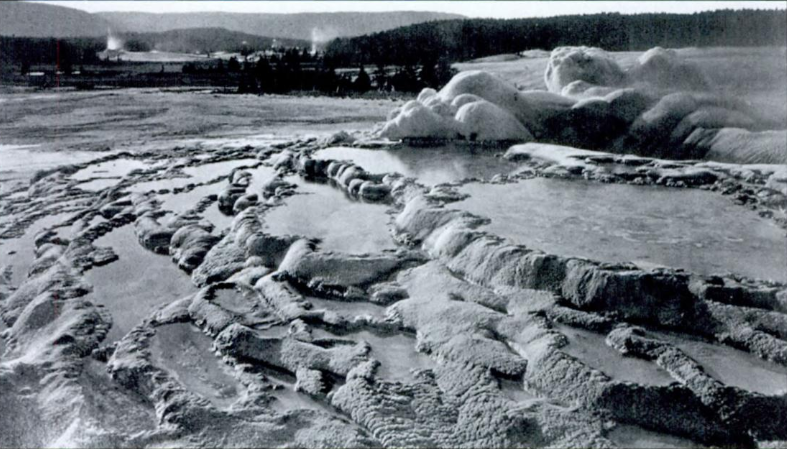Can any of us really picture America the Beautiful without also instantly picturing such majestic places as the Yosemite, Yellowstone, or the Grand Canyon? National parks have been part of our collective image of America for so long, that it’s tempting to think of them as having always existed. But this isn’t the case.
How did America’s National Park Service get its start? When was it created and why? Here we’ll explore the answers to these questions, and more.
When Were the First National Parks Created?
It goes without saying that some natural places are so special, that protecting and preserving them for all time seems like a no-brainer. However, the creation of the national parks we know and love so well today wasn’t as obvious or as easy as you might think.
The parks themselves were born in the mid 1800s because a relatively small group of Americans felt it was important to preserve these wonderful places for all time and for everyone. These were folks that truly felt these natural areas were every bit as significant and important as the celebrated cathedrals and castles of Europe – wonders worth celebrating and protecting.
How It All Started
The national parks movement started with Yosemite, a California valley so majestic and beautiful it had even inspired overseas visitors to demand its protection. Settlers from the east were moving relentlessly westward, civilizing the region and changing it forever. No one wanted to see places like Yosemite fall victim to progress.
Beautiful writings and widely published narratives from the likes of John Muir helped bolster a growing awareness of the beauty of such lands. The resulting advocacy would eventually drive the creation of America’s first national parks.

Yosemite itself officially came under protection during the Civil War thanks to President Lincoln. However, Yellowstone would become America’s first bona fide national park when Ulysses S. Grant designated it as such in 1872. More parks would follow in the years to come, including five new parks during Theodore Roosevelt’s presidency. Roosevelt would also designate 51 bird sanctuaries, more than 100 million acres of national forest, and 18 national monuments.
The Need for Management
As the number of designated national parks grew, so did the need for an official management system. Quite a few of the parks lacked organized protection, not to mention funding. This left their potential future in jeopardy. This was especially the case once those in the hotel, railroad, sawmill, and ranch businesses began to spot potential opportunity in the area.
Something needed to be done to prevent opportunists from over-exploiting these resources. That’s when a number of government officials, including forester Gifford Pinchot, came up with the idea of a forest service that would address the problem of unchecked exploitation and ensure that any utilization of associated natural resources would serve the greater good.
A number of different decisions came about as a result. These include but are not limited to the 1913 damming of Yosemite’s Hetch Hetchey Valley for the benefit of the water supply in San Francisco.
The National Park Service Is Born
Even so, there were also those who felt checks and balances, when it came to utilization of America’s resources, weren’t enough. They cried out for a federal management system that would preserve these areas officially.
Stephen Mather was just such a person – a millionaire industrialist that felt a dedicated National Park Service was the answer. In 1915, he started a crusade to accomplish exactly that with the support of the media, various industrial icons, and even the National Geographic Society. He would succeed when the National Park Service as we know it today was created in August of 1916. Mather would also become the service’s first director.
Today, the National Park Service system protects nearly 400 national parks, seashores, battlefields, national monuments, and more. This accomplishment was, of course, not accomplished without sacrifices: As parks were created and the inevitable associated settlements grew, native peoples were displaced.
Investing in these important natural areas and historically significant areas has been an important part of preserving the spirit of America for now and for all time. Thanks to these efforts, we can enjoy the full majesty of these areas today, as our children and grandchildren will be able to do after us.

